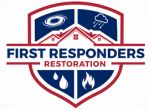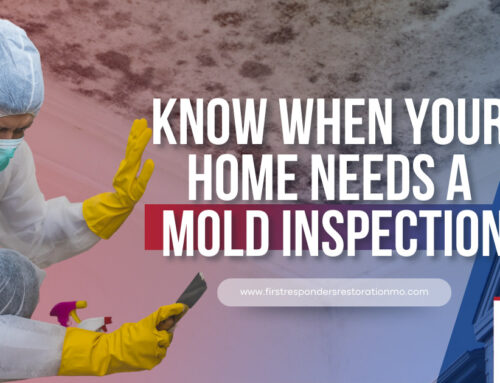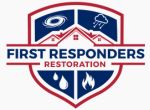Mold Prevention Tips After Spring Storm Damage
Missouri’s Heavy Rains Can Lead to Mold – Here’s How to Stay Ahead
Spring storms in Missouri are no joke. They can bring heavy rain, flooding, and roof leaks that leave behind more than just puddles. One of the biggest threats to your home after a storm is mold. It hides in walls, under floors, and in dark corners-and it can grow fast.
If this is your first time dealing with storm damage, don’t worry. This guide will walk you through simple steps for mold prevention after spring storm before it becomes a serious problem. Whether you live in Chesterfield, Kirkwood, or anywhere nearby, these tips are for you.
Why Mold Grows So Fast After a Storm
Spring storms don’t just bring rain. They also bring the perfect storm of conditions for mold to thrive. When water gets into your home through leaks, flooding, or soaked materials like carpet or drywall, it doesn’t take long for mold to take hold.
Even moisture that seems minor can seep deep into walls and floors, staying there for days unless properly dried. And when humidity stays high, it creates an environment where mold spores multiply quickly.
When your home gets wet and stays damp, mold spores start growing within just one or two days. It loves dark, damp places like basements, crawl spaces, and behind drywall. Once it starts growing, it can damage your home and even cause health issues like allergies, coughing, and breathing problems.
That’s why it’s important to clean up quickly and dry everything out before mold has a chance to spread. Mold prevention after spring storm is essential because mold can begin forming within 24 to 48 hours, especially in flood-prone areas, especially in flood-prone areas.
Know When It’s Time to Call the Pros
Sometimes, despite your best efforts, mold still shows up. Our storm damage restoration team is ready to assist. That’s when it’s time to get help from the experts. If mold has spread across large areas, gotten into your HVAC system, or returned after cleaning, you’re better off calling in professionals. They know how to contain and remove mold safely without spreading spores further through your home.
If you’re unsure how to handle serious mold issues, it’s best to reach out to a mold restoration company that specializes in mold removal Missouri homeowners can trust.
If you’re unsure how to handle serious mold issues, it’s best to reach out to a mold restoration company that specializes in mold removal Missouri homeowners can trust.
Get Help If:
Some mold problems are too big to handle alone. Call a pro if you notice these things: See our fire and water damage restoration services.
- You see mold in a large area (bigger than a bath towel)
- The mold keeps coming back
- Someone in the house has breathing problems
- You find mold inside the walls or under the floor
Professional mold remediation is the safest option when dealing with extensive mold growth after flooding or storms. Whether you’re concerned about black mold remediation or need help with water damage mold cleanup, professionals have the right tools and training. They also specialize in mold and water damage repair and offer services from certified mold remediation restoration specialists.





Leave A Comment